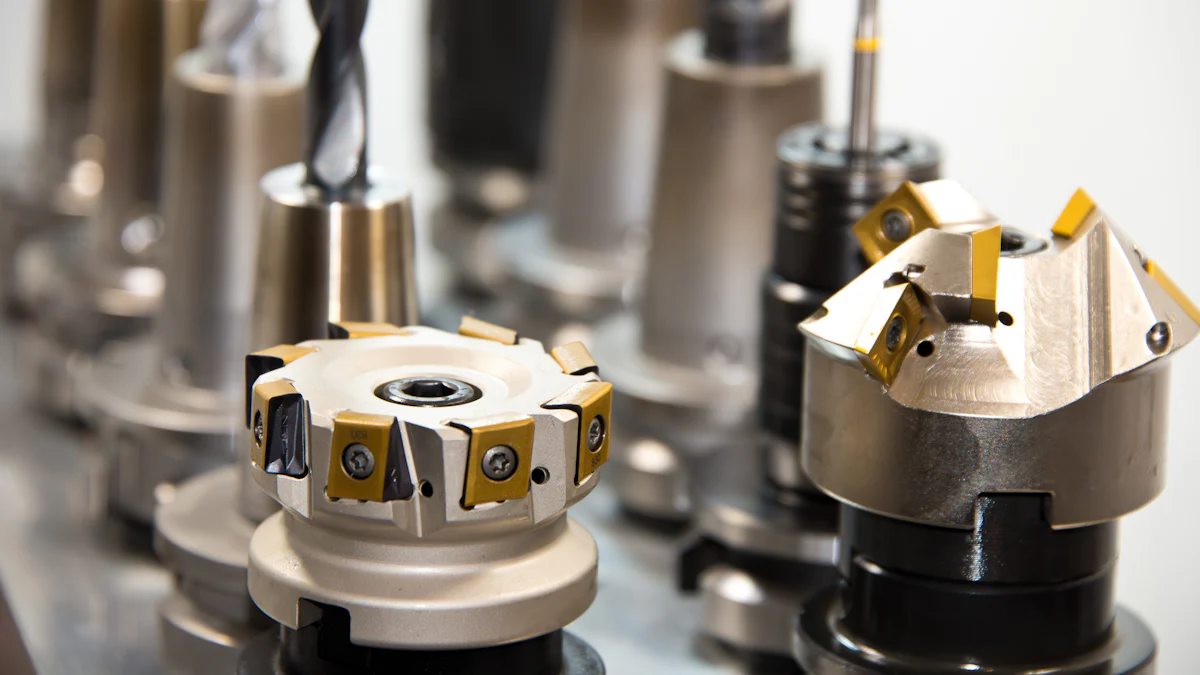
Maintaining engine health through regular oil filter inspections is crucial for prolonging the life of cars and trucks. Using the correct oil filter can significantly reduce engine wear, with a 15-micron filtration reducing wear by 70%. Additionally, regular oil analysis and filter inspection provide early warnings of accelerated wear and engine problems, saving money in the long run. By understanding the role of the oil filter in maintaining oil pressure and preventing over or under pressurization symptoms, vehicle owners can ensure their engines remain in top condition.
Importance of Oil Filter Inspection
Inspecting oil filters is a critical aspect of maintaining engine health in cars and trucks. By regularly examining the oil filter, vehicle owners can gain valuable insights into the condition of their engines, potentially preventing costly damage and ensuring optimal performance.
Why Inspect Oil Filters?
Early Warning Signs
Regular inspection of oil filters can reveal early warning signs of potential engine issues. Spectrographic oil analysis, for instance, allows for the detection of incipient problems by monitoring wear-particle production. This trend-monitoring tool establishes historical wear-particle trends, providing crucial data for preemptive maintenance.
Preventing Engine Failure
Scientific research findings have shown that different types of contaminants can enter engine oil, impacting reliability and fuel economy. Comprehensive testing has evaluated the performance of various oil filters in removing impurities and contaminants from the oil. The use of an oil filter cutting tool facilitates diagnostic procedures without contaminating the inside with metal shavings, contributing to preventing engine failure.
How Oil Filter Cutters Work
The Cutting Process
Oil filter cutters play a pivotal role in analyzing contaminants within used oil filters. By using an oil filter cutting tool, mechanics can safely open used filters to inspect the filter media for particles that could impact engine performance.
Analyzing Contaminants
Advancements in oil lubrication and contamination research have emphasized the significance of analyzing contaminants present in used oil filters. This process aids in determining whether to change engine oil and filters earlier or later based on the condition of the oil.
Top Oil Filter Cutting Tools
When it comes to selecting the right oil filter cutting tool, there are several options available, each with its own set of features and benefits. Here are some top choices for oil filter cutting tools:
Billet Anodized Aluminum Cutters
Features and Benefits
- Speedway Motors Engine Motor Oil Filter Cutter Tool: This tool is designed to fit filters up to 6 1/8” in diameter and features a knurled knob for a secure grip. The adjustable steel shaft allows for quick inspection of oil filters, identifying debris such as metal from failing mechanical components and sealants. The heavy-duty anodized 6061-T6 aluminum body ensures durability and precision.
Hand Crank Oil Filter Cutters
Ease of Use
- Oil filter cutter: A simple yet effective tool that makes short work of common oil filters, offering ease of use and convenience for mechanics performing regular inspections.
Electric Motor Oil Filter Cutters
Speed and Efficiency
- Oil-Filter-Can Cutter: This recommended cutter features a sharp cutting wheel, ensuring efficient and precise cutting without leaving shards in the filter medium. Its electric motor operation enhances speed and efficiency, making it an ideal choice for busy auto shops.
By choosing the right oil filter cutting tool, mechanics can ensure safe and precise inspection of used oil filters, allowing for early detection of potential engine issues without contaminating the inside with metal shavings.
Steel Threaded Shaft Cutters
Durability and Precision
When it comes to durability and precision in oil filter cutting tools, steel threaded shaft cutters stand out as a reliable choice for mechanics and automotive enthusiasts. These specialized tools offer exceptional strength and accuracy, making them essential for safely inspecting used oil filters without compromising the integrity of the filter media.
Product Features:
- The steel threaded shaft cutters are designed with a strong burst-resistant steel canister, ensuring durability even when dealing with tough oil filters.
- They incorporate an anti-drainback valve that remains flexible, preventing back-pressure and leakage at cold temperatures, thus maintaining optimal performance.
- A bypass valve is integrated into these cutters, ensuring no weeping at normal operating pressures, which is crucial for preventing bypass issues.
Benefits of Steel Threaded Shaft Cutters:
- The precision-engineered design of these cutters allows for safe and accurate cutting open of oil filters without leaving any metal shavings behind.
- Their robust construction ensures longevity, making them a cost-effective investment for regular use in diagnostic procedures.
- The strong filter element with supported pleats and sealed endcaps guarantees thorough inspection without compromising the filter’s structural integrity.
Choosing the Right Tool
Choosing the Right Tool
When selecting an oil filter cutting tool, it’s essential to consider specific factors that align with the vehicle type and frequency of use. Here are some key considerations to keep in mind:
Factors to Consider
Vehicle Type
- Different vehicles may require specific oil filter cutting tools based on their make, model, and size. It’s crucial to choose a tool that is compatible with the filters commonly used in the specific type of vehicle.
Frequency of Use
- The frequency of oil filter inspections and cutting procedures should influence the choice of a cutting tool. For those performing regular maintenance on multiple vehicles, a durable and efficient tool is essential to streamline the inspection process.
In addition to considering these factors, it’s important to adhere to safety and maintenance tips when using oil filter cutting tools:
Safety and Maintenance Tips
Proper Handling
- Always follow proper handling procedures when using an oil filter cutting tool. This includes wearing appropriate protective gear such as gloves and eye protection to prevent any potential injuries during the cutting process.
Tool Care and Storage
- After each use, ensure that the cutting tool is cleaned thoroughly and stored in a secure location. Regular maintenance, including blade replacement if necessary, will contribute to the longevity and effectiveness of the tool.
It’s worth noting that customer feedback has highlighted both positive aspects and areas for improvement regarding certain oil filter cutting tools. For instance, users have praised the performance, quality, and ease of use of specific tools while expressing concerns about durability and replaceable parts. These insights can guide prospective buyers in making informed decisions based on their unique requirements.
Selecting the best oil filter depends on specific requirements such as engine performance, efficiency, and filtering capacity. Choosing a less restrictive filter may benefit engine performance and efficiency, while a filter with higher filtering capacity may be preferred for a clean engine and extended lifespan. The selection of a motor oil filter must be customized based on individual needs and driving conditions. There are various types of oil filters designed to capture different contaminants with varying degrees of performance. Oil filter cutters are simple tools that make short work of common oil filters, and good luck has been reported with specific oil filter cutters. The proper match of an oil filter to the engine application is more important than it has ever been in the past, as oil filter specifications have been improved to meet new engine requirements.
